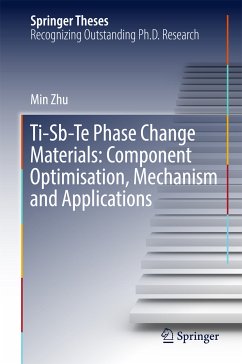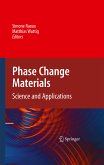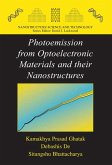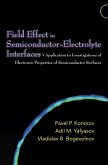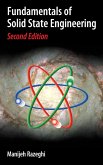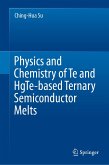This book introduces a novel Ti-Sb-Te alloy for high-speed and low-power phase-change memory applications, which demonstrates a phase-change mechanism that differs significantly from that of conventional Ge2Sb2Te5 and yields favorable overall performance. Systematic methods, combined with better material characteristics, are used to optimize the material components and device performance. Subsequently, a phase-change memory chip based on the optimized component is successfully fabricated using 40-nm complementary metal-oxide semiconductor technology, which offers a number of advantages in many embedded applications.
Dieser Download kann aus rechtlichen Gründen nur mit Rechnungsadresse in A, B, BG, CY, CZ, D, DK, EW, E, FIN, F, GR, HR, H, IRL, I, LT, L, LR, M, NL, PL, P, R, S, SLO, SK ausgeliefert werden.
Hinweis: Dieser Artikel kann nur an eine deutsche Lieferadresse ausgeliefert werden.

